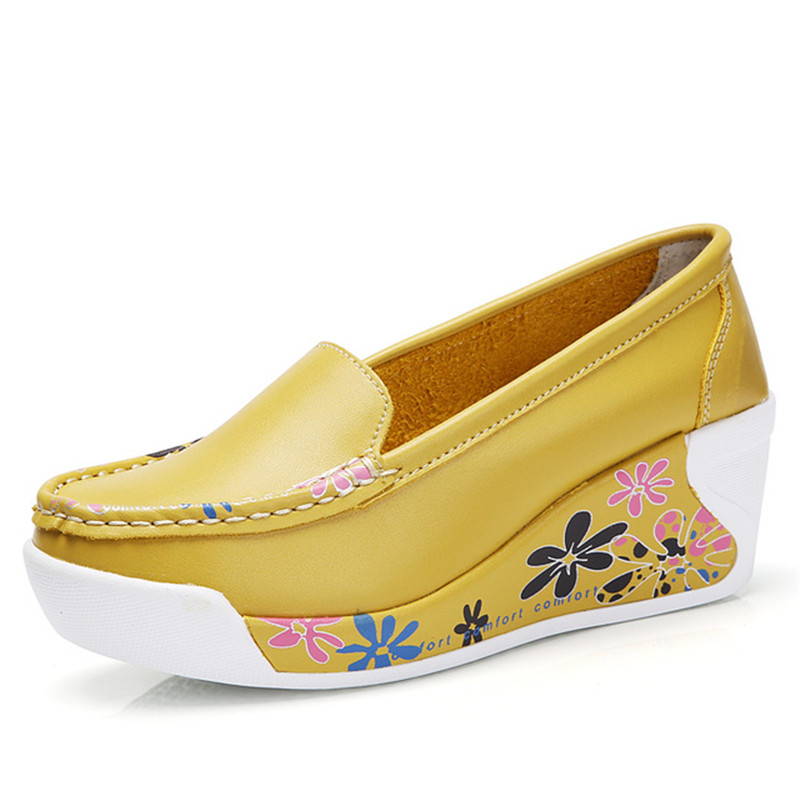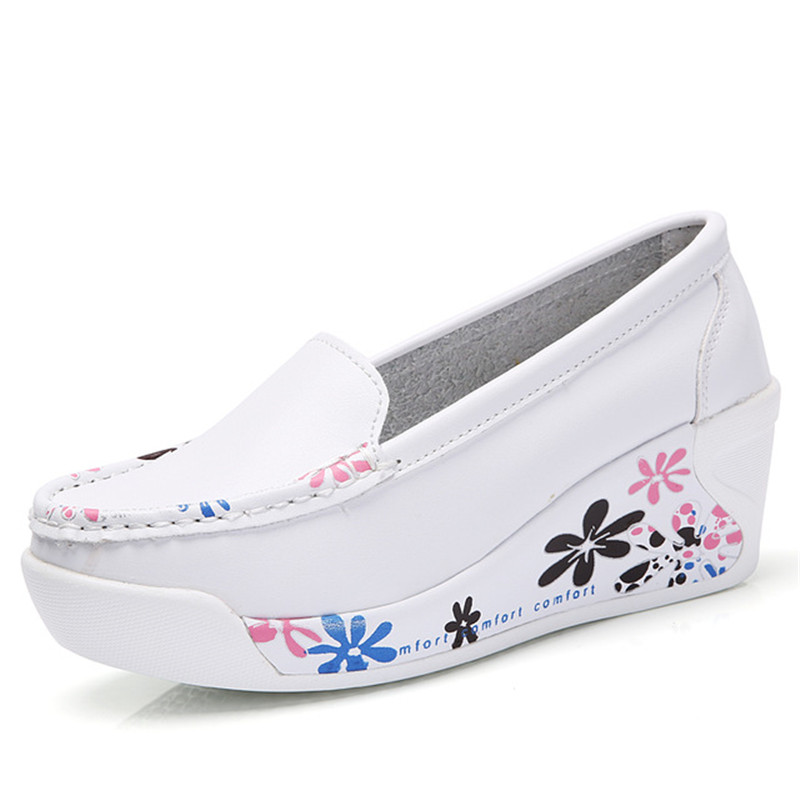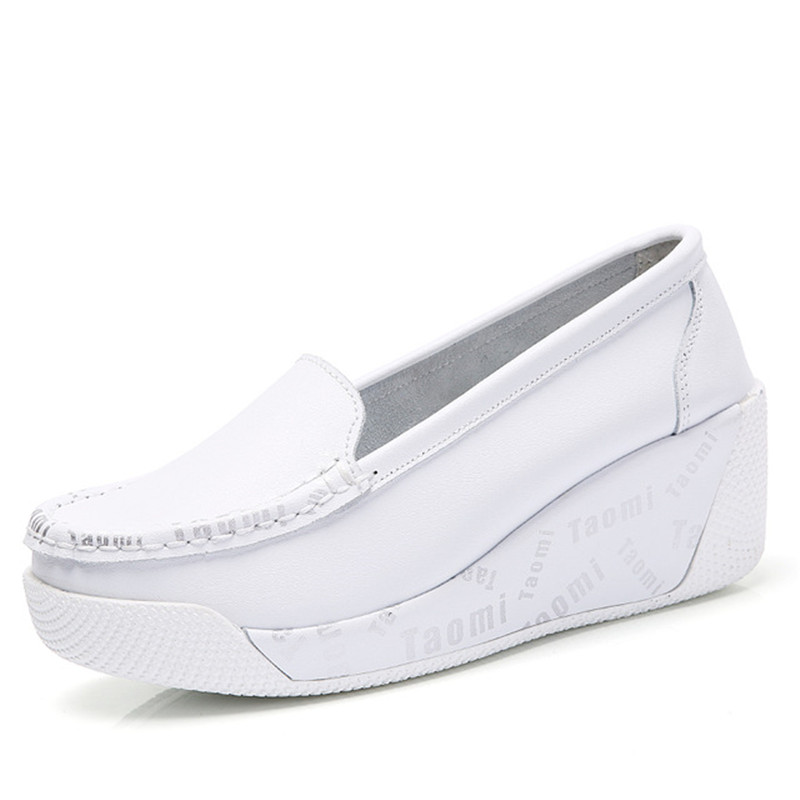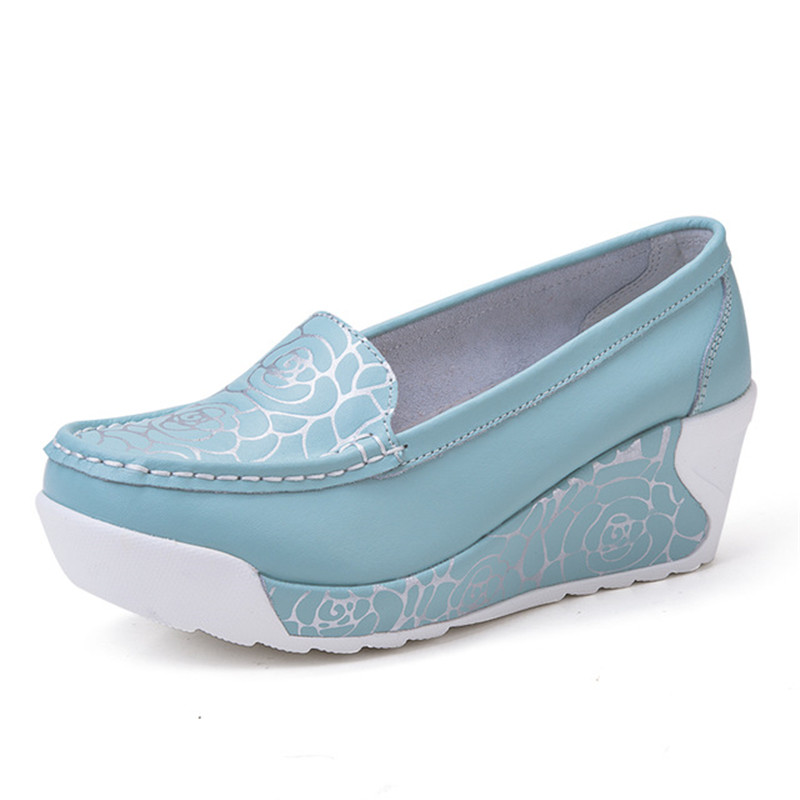Introduction to Leather Nurse Shoes
Nurses spend long hours on their feet, creating a significant demand for comfortable and durable footwear. Leather nurse shoes meet these needs exceptionally well, offering a blend of comfort, support, and longevity. This comprehensive guide explores the benefits, key features, types, and maintenance of leather nurse shoes. By understanding their importance, you can make an informed decision that supports your demanding work environment.

Why Choose Leather Nurse Shoes?
Selecting the right footwear is crucial for nurses. Leather nurse shoes provide several advantages that make them a preferred choice. First, they offer superior comfort. The flexibility and breathability of leather ensure that your feet remain comfortable during long shifts. Second, leather shoes are durable. Their robust construction can withstand the rigors of a busy healthcare setting. Finally, leather nurse shoes are easy to maintain. They resist stains and liquids, ensuring that they remain clean and professional-looking. Investing in leather nurse shoes means choosing comfort, durability, and professionalism.
The History and Evolution of Nurse Shoes
Understanding the history and evolution of nurse shoes sheds light on their current design and functionality. Over time, nurse shoes have evolved to meet the changing needs of healthcare professionals.
Early Beginnings
In the early 20th century, nurse shoes were simple and utilitarian. They were primarily designed to protect the feet and provide basic comfort. Early nurse shoes typically featured simple leather or canvas uppers and flat soles. While they offered some protection, they lacked the advanced support and cushioning found in modern designs.
Mid-20th Century Innovations
The mid-20th century saw significant advancements in nurse shoe design. Manufacturers began to recognize the importance of comfort and support for healthcare professionals. This led to the introduction of improved cushioning, arch support, and ergonomic designs. Leather became a preferred material due to its durability and comfort.
Modern Developments
Today, nurse shoes incorporate advanced materials and technologies to enhance comfort and performance. Modern designs focus on providing superior support, cushioning, and slip resistance. Leather nurse shoes now feature breathable linings, memory foam insoles, and slip-resistant outsoles to meet the demands of a busy healthcare environment.
Increasing Popularity
The popularity of leather nurse shoes has surged in recent years. Healthcare professionals recognize the importance of high-quality footwear in preventing foot fatigue and injuries. As a result, many nurses prefer leather shoes for their blend of comfort, support, and durability.
Key Features of Leather Nurse Shoes
Leather nurse shoes offer several key features that set them apart from other types of footwear. Understanding these features can help you make an informed choice.
Superior Comfort
Comfort is crucial for nurse shoes, given the long hours spent on your feet.
Flexible Leather
Leather nurse shoes are made from high-quality, flexible leather that molds to the shape of your feet. This ensures a comfortable fit and reduces the risk of blisters and discomfort.
Breathable Linings
Many leather nurse shoes feature breathable linings that wick away moisture and keep your feet dry. This enhances overall comfort and prevents issues like athlete’s foot.
Enhanced Support
Support is essential to prevent foot fatigue and promote overall foot health.
Arch Support
Leather nurse shoes often come with built-in arch support to provide stability and reduce strain on your feet. Proper arch support can prevent issues like plantar fasciitis and improve overall comfort.

Cushioned Insoles
Cushioned insoles provide additional comfort and reduce the impact on your feet during long shifts. Many leather nurse shoes feature memory foam insoles that mold to the shape of your feet for customized support.
Durability and Maintenance
Leather nurse shoes are designed to withstand the rigors of a healthcare environment.
Robust Construction
The robust construction of leather nurse shoes ensures they can withstand daily wear and tear. High-quality stitching and materials enhance the shoes’ longevity.
Easy to Clean
Leather is naturally resistant to stains and liquids, making it easy to clean and maintain. This ensures your shoes remain professional-looking even after long shifts.
Additional Safety Features
Safety is a critical consideration in a healthcare setting.
Slip-Resistant Outsoles
Many leather nurse shoes feature slip-resistant outsoles to provide traction on various surfaces. This reduces the risk of slips and falls in a busy healthcare environment.
Protective Toe Caps
Some leather nurse shoes come with protective toe caps to safeguard your feet from potential hazards. This added layer of protection ensures your safety while you work.
Different Types of Leather Nurse Shoes
Various types of leather nurse shoes cater to different preferences and needs. Understanding the different options can help you choose the best pair for your work environment.
Traditional Clogs
Traditional clogs are a popular choice for nurses due to their comfort and support.
Features
Traditional leather clogs feature a closed toe and open back design, offering a blend of protection and ease of wear. They often come with cushioned insoles and arch support for added comfort. The slip-resistant outsoles ensure stability on various surfaces.
Pros and Cons
Traditional clogs offer superior comfort and support, making them ideal for long shifts. However, the open back design may not provide enough protection in certain healthcare settings. Finding a pair with a secure fit is crucial to prevent slipping off.
Slip-On Shoes
Slip-on leather nurse shoes provide a convenient and comfortable option for healthcare professionals.
Features
Slip-on leather nurse shoes feature a closed design with elastic panels or stretchy materials for easy on and off. They often come with cushioned insoles, arch support, and breathable linings. The slip-resistant outsoles enhance stability and safety.
Pros and Cons
Slip-on shoes offer convenience and ease of wear, making them ideal for busy healthcare environments. However, ensuring a secure fit is crucial to prevent slipping or discomfort. Look for options with adjustable features to customize the fit.
Lace-Up Shoes
Lace-up leather nurse shoes offer a secure and customizable fit, enhancing overall comfort and support.
Features
Lace-up leather nurse shoes feature a traditional lacing system for a secure fit. They often come with cushioned insoles, arch support, and breathable linings. The robust construction and slip-resistant outsoles ensure durability and safety.
Pros and Cons
Lace-up shoes offer a customizable fit and enhance stability, making them ideal for long shifts. However, they may take longer to put on and remove compared to slip-on options. Look for designs with quick-lacing systems to balance convenience and security.
Athletic Style Shoes
Athletic-style leather nurse shoes combine the comfort of sneakers with the durability and professionalism of leather shoes.
Features
Athletic-style leather nurse shoes feature a sporty design with cushioned insoles, arch support, and breathable linings. They often come with lace-up or slip-on options and slip-resistant outsoles. The lightweight construction ensures comfort during long shifts.
Pros and Cons
Athletic-style shoes offer superior comfort and support, making them ideal for nurses with an active work environment. However, ensuring the shoes meet the dress code requirements of your workplace is crucial. Look for designs that balance a professional appearance with athletic features.

How to Choose the Right Leather Nurse Shoes
Choosing the right leather nurse shoes involves considering your specific needs, preferences, and work environment. Several factors should guide your decision-making process.
Assessing Your Needs
Understanding your specific needs can help you choose the perfect leather nurse shoes.
Comfort Preferences
Consider your comfort preferences, such as the type of cushioning and arch support you need. Personal preferences play a crucial role in finding the most comfortable option.
Work Environment
Consider the demands of your work environment. Do you need slip-resistant outsoles for wet surfaces? Are protective toe caps necessary for safety? Understanding your work environment’s requirements can guide your choices.
Evaluating Fit and Size
The fit and size of leather nurse shoes are crucial for comfort and support.
Accurate Measurements
Ensure accurate measurements of your feet. Factors like arch height, width, and any asymmetries can affect the fit. A proper fit ensures comfort and prevents issues like blisters or foot pain.
Trying Different Styles
Try different styles and brands to find the best fit. Each brand may have slight variations in sizing and fit. Trying multiple options ensures you find the most comfortable and supportive pair.
Considering Style and Appearance
The style and appearance of shoes contribute to your overall professional look.
Workplace Dress Code
Consider your workplace’s dress code requirements. Choose designs that meet these requirements while providing the necessary comfort and support.
Personal Preferences
Consider your personal style preferences. Do you prefer traditional clogs, slip-on shoes, or athletic-style options? Finding a design that aligns with your preferences ensures you feel confident and comfortable.
Assessing Quality and Durability
The quality and durability of shoes are crucial factors to consider.
Material Quality
Ensure the shoes are made from high-quality leather and other durable materials. High-quality materials enhance longevity and comfort.
Construction Techniques
Consider the construction techniques used in making the shoes. Methods like reinforced stitching and slip-resistant outsoles ensure durability and safety.
Budget and Value
Consider your budget and the value offered by different options.
Cost vs. Quality
While high-quality shoes may come with a higher price tag, they often provide better comfort, support, and durability. Consider the long-term value and benefits when evaluating the cost.
Investment in Comfort
Investing in high-quality shoes is an investment in your comfort and well-being. The benefits of reduced foot fatigue, improved support, and enhanced safety outweigh the initial cost.
Proper Care and Maintenance of Leather Nurse Shoes
Proper care and maintenance ensure the longevity and pristine appearance of your shoes. Follow these tips to keep your shoes in top condition.
Regular Cleaning
Regular cleaning keeps your shoes looking fresh and prevents dirt build-up.
Cleaning the Leather
Clean the leather with a damp cloth and mild soap. Avoid using harsh chemicals that can damage the material. Regular cleaning removes dirt and debris that can cause wear.
Cleaning the Soles
Clean the soles regularly to remove dirt and debris. Slip-resistant outsoles require regular maintenance to retain their effectiveness.
Conditioning the Leather
Conditioning the leather keeps it supple and prevents cracks and dryness.
Applying Leather Conditioner
Apply a high-quality leather conditioner regularly to keep the leather supple and hydrated. Conditioning enhances the leather’s natural beauty and ensures durability.
Avoiding Over-Conditioning
Avoid over-conditioning, as this can cause the leather to become too soft. Follow the manufacturer’s recommendations for the appropriate frequency of conditioning.
Storing the Shoes
Proper storage helps maintain the shape and condition of your leather nurse shoes.
Using Shoe Trees
Use cedar shoe trees to maintain the shape of the shoes and absorb moisture. This prevents the leather from wrinkling and keeps the shoes looking their best.
Storing in a Cool, Dry Place
Store your shoes in a cool, dry place away from direct sunlight. This prevents the leather from fading or cracking due to temperature and humidity extremes.
Polishing and Waterproofing
Regular polishing and waterproofing enhance the appearance and durability of your shoes.
Polishing the Shoes
Polish your shoes regularly with a high-quality shoe polish. This enhances the leather’s shine and adds a protective layer against moisture and dirt.
Applying Waterproofing
Apply a waterproofing spray to protect the leather from water and stains. This is especially important for shoes worn in wet or damp conditions.
Repair and Maintenance
Regular repair and maintenance ensure the longevity of your shoes.
Resoling
Resole your shoes when the soles show signs of wear. This prevents further damage and extends the life of your shoes.
Professional Repairs
For any major repairs, consult a professional cobbler. They have the expertise and tools to fix any issues without compromising the quality and appearance of your shoes.
Final Thoughts
Leather nurse shoes offer a blend of comfort, support, and durability. Understanding their key features, benefits, and proper care ensures you make an informed choice. Proper maintenance ensures longevity and pristine appearance. With continuous innovation, the future looks bright for this essential footwear. Investing in shoes is investing in your comfort, safety, and professional appearance. Make a wise choice and enjoy the benefits of high-quality, comfortable, and durable footwear. Elevate your work experience and embrace the excellence of shoes.
